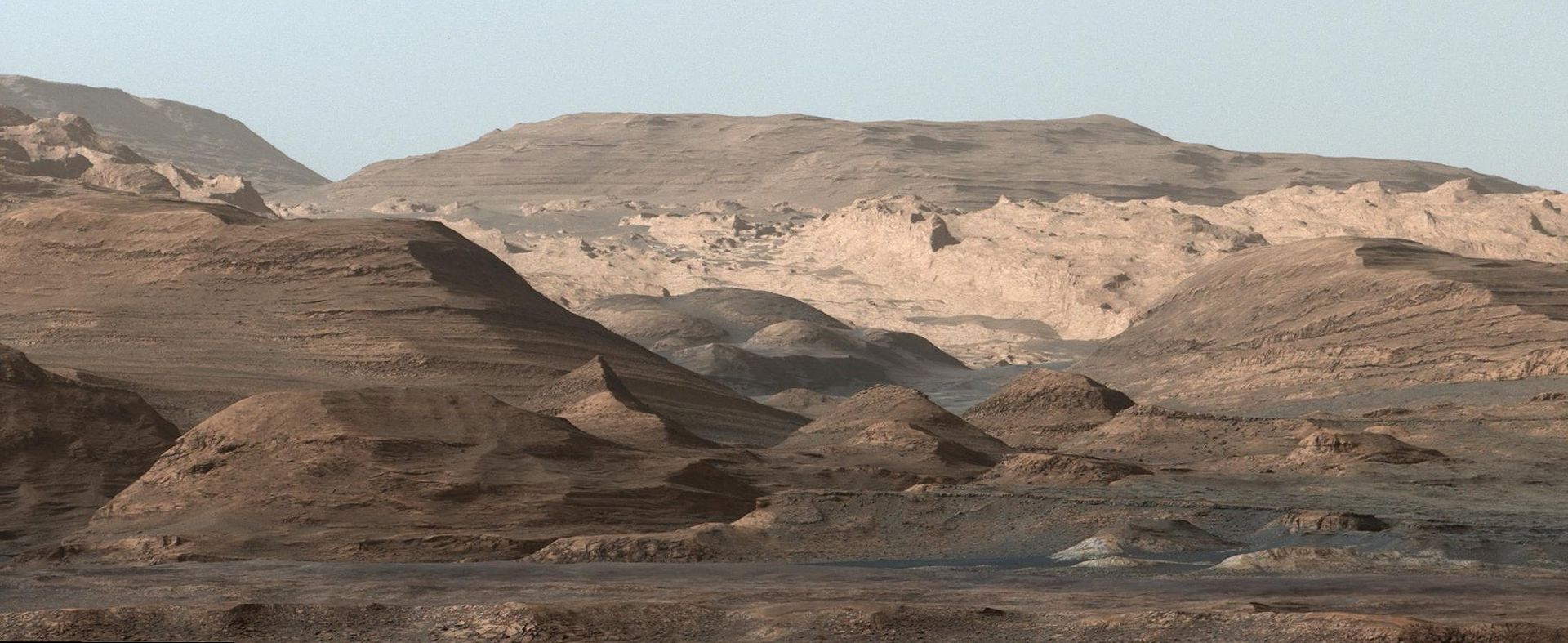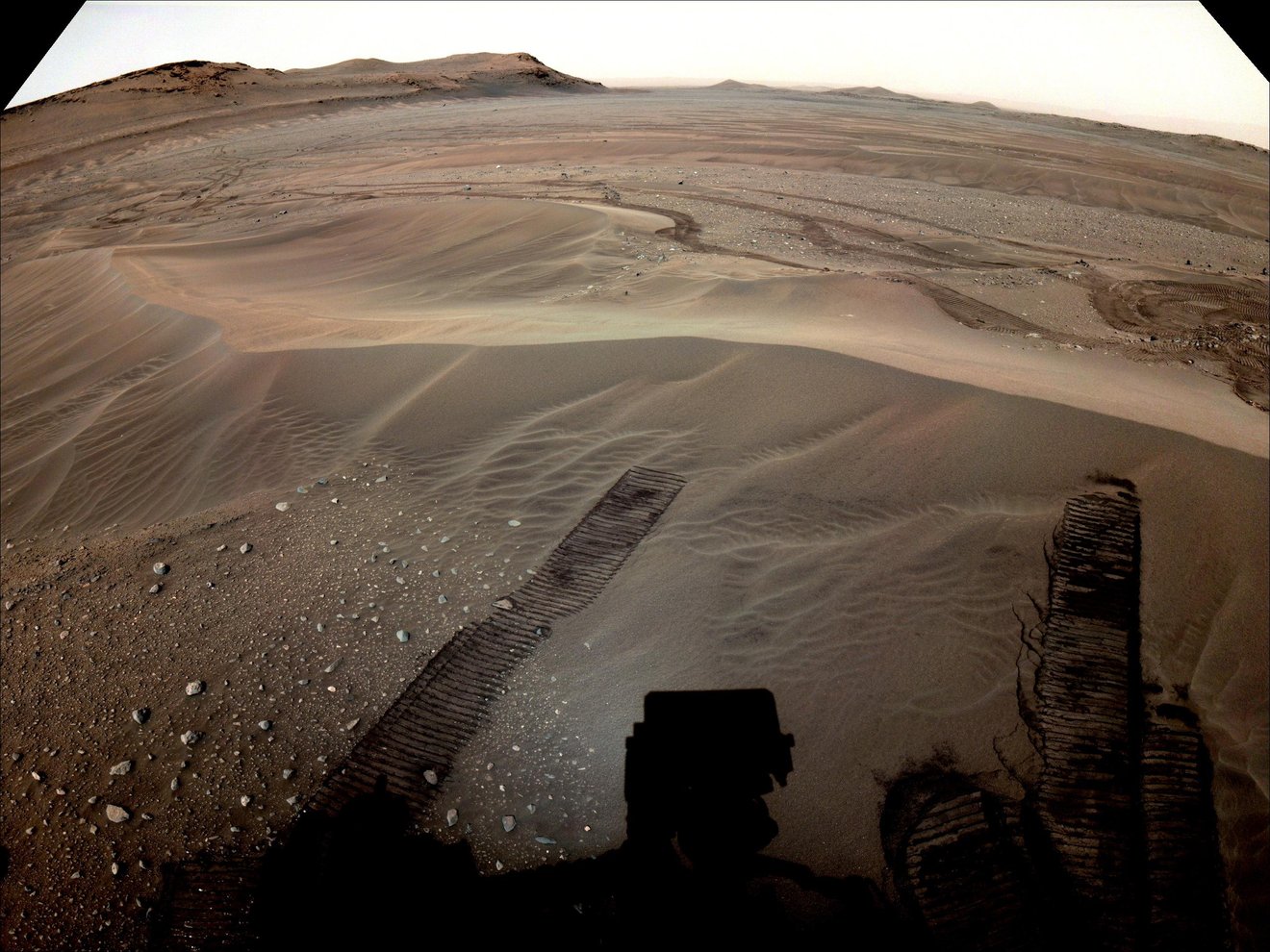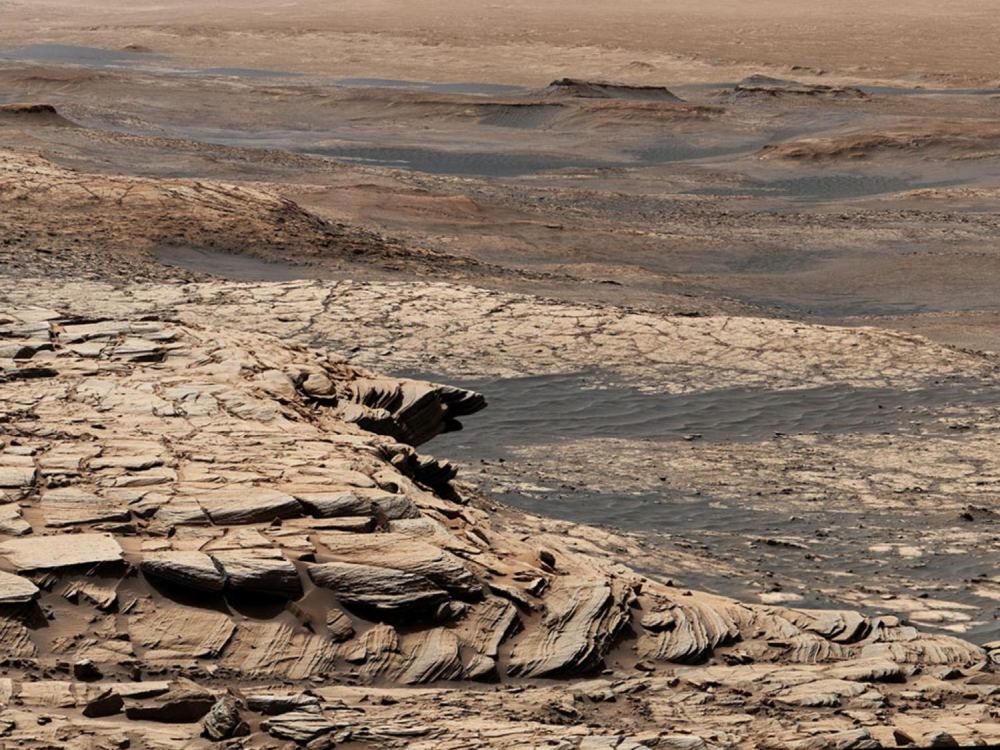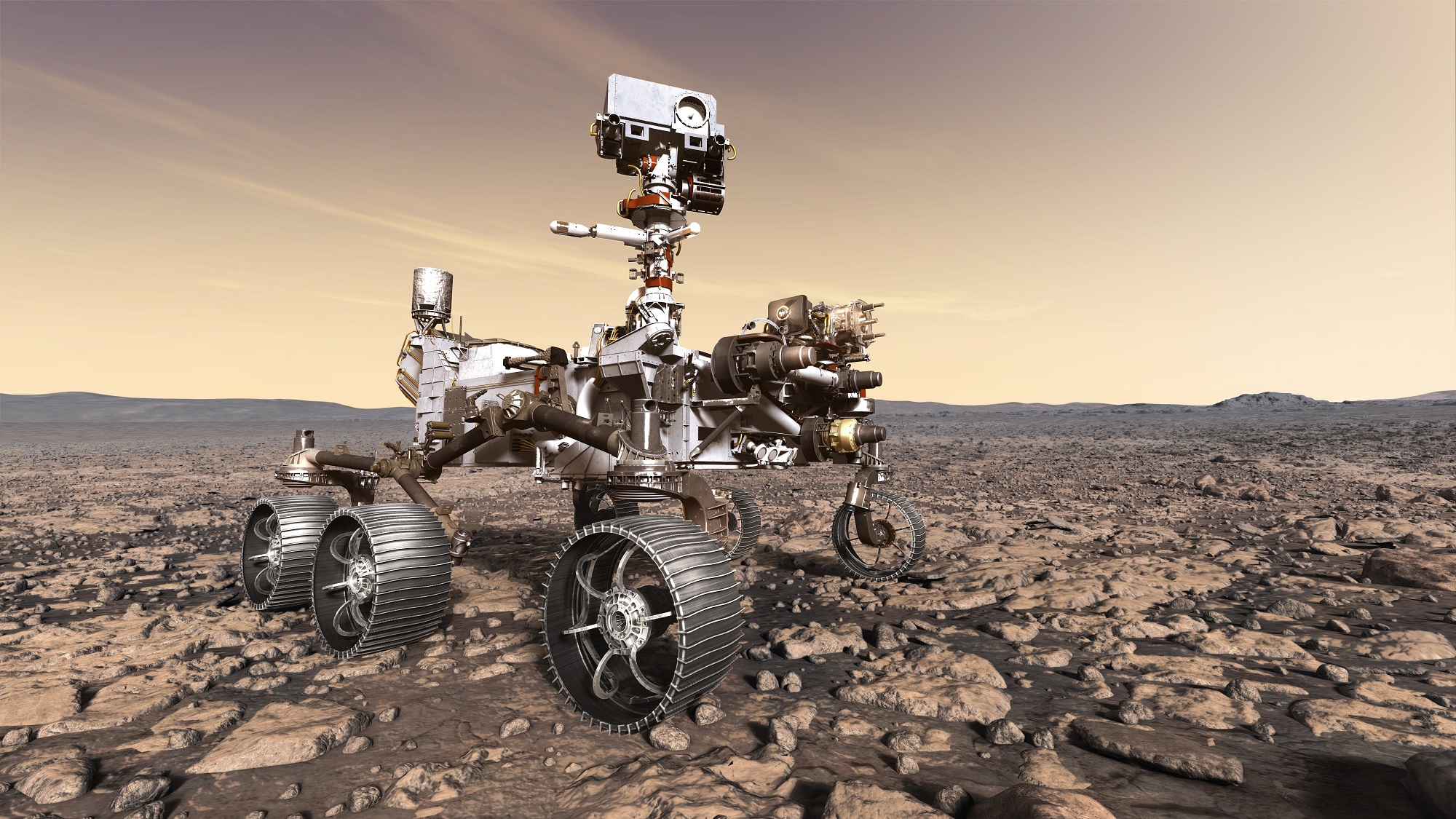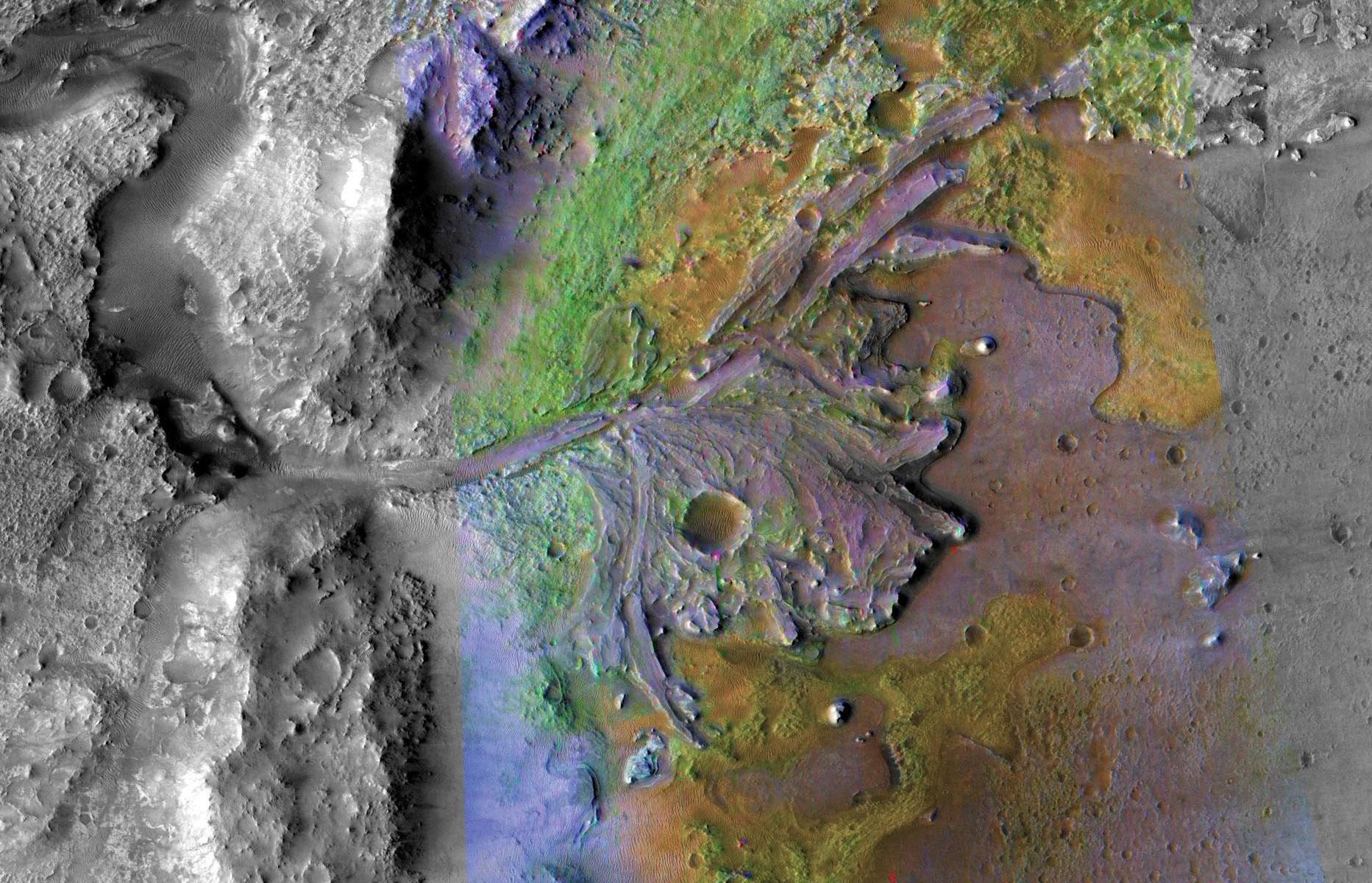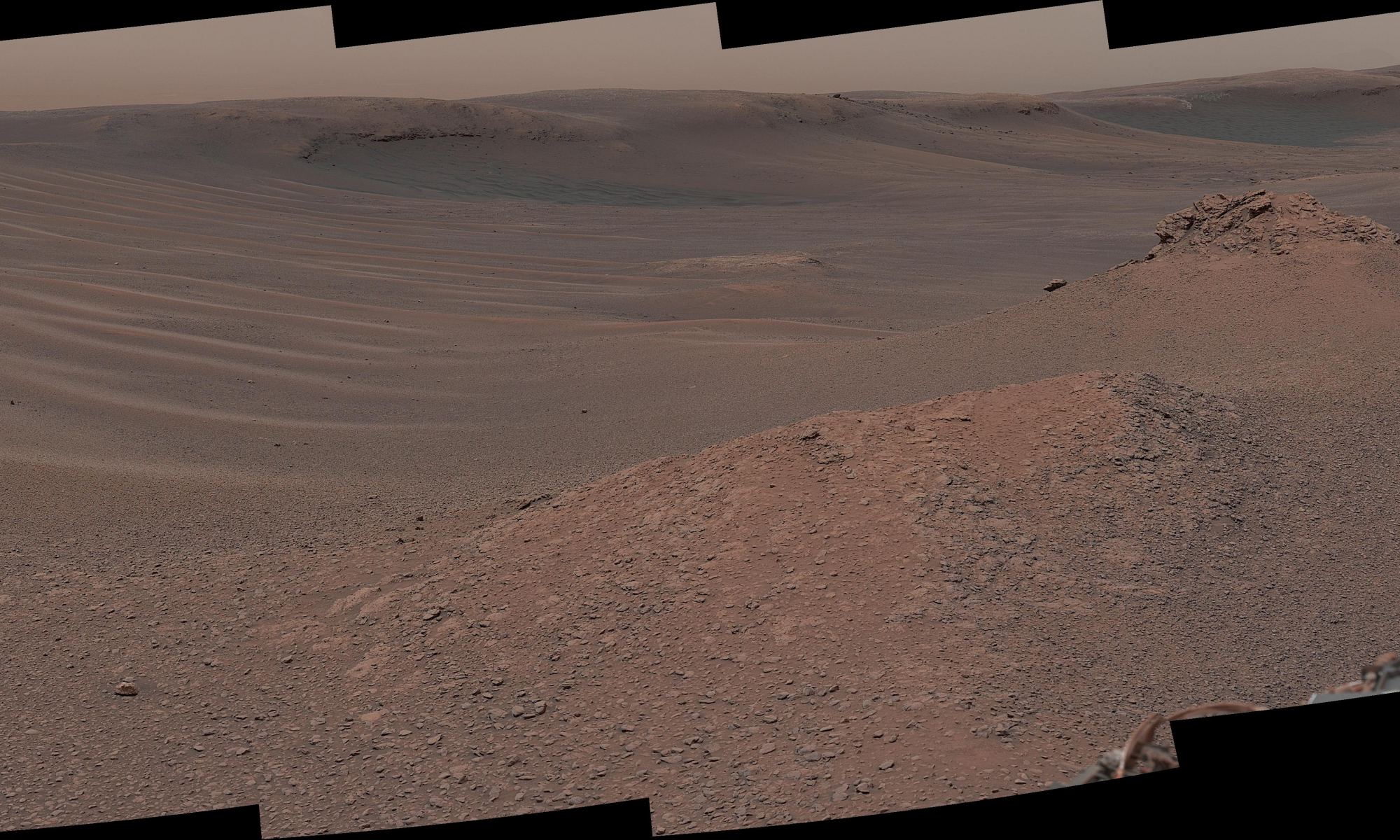Even with all we’ve learned about Mars in recent years, it doesn’t stack up against all we still don’t know and all we hope to find out. We know that Mars was once warm and wet, a conclusion that was less certain a couple of decades ago. Now, scientists are working on uncovering the details of Mars’s ancient water.
New research shows that the Gale Crater, the landing spot for NASA’s MSL Curiosity, held water for a longer time than scientists thought.
Continue reading “Mars’ Gale Crater was Filled with Water for Much Longer Than Anyone Thought”
